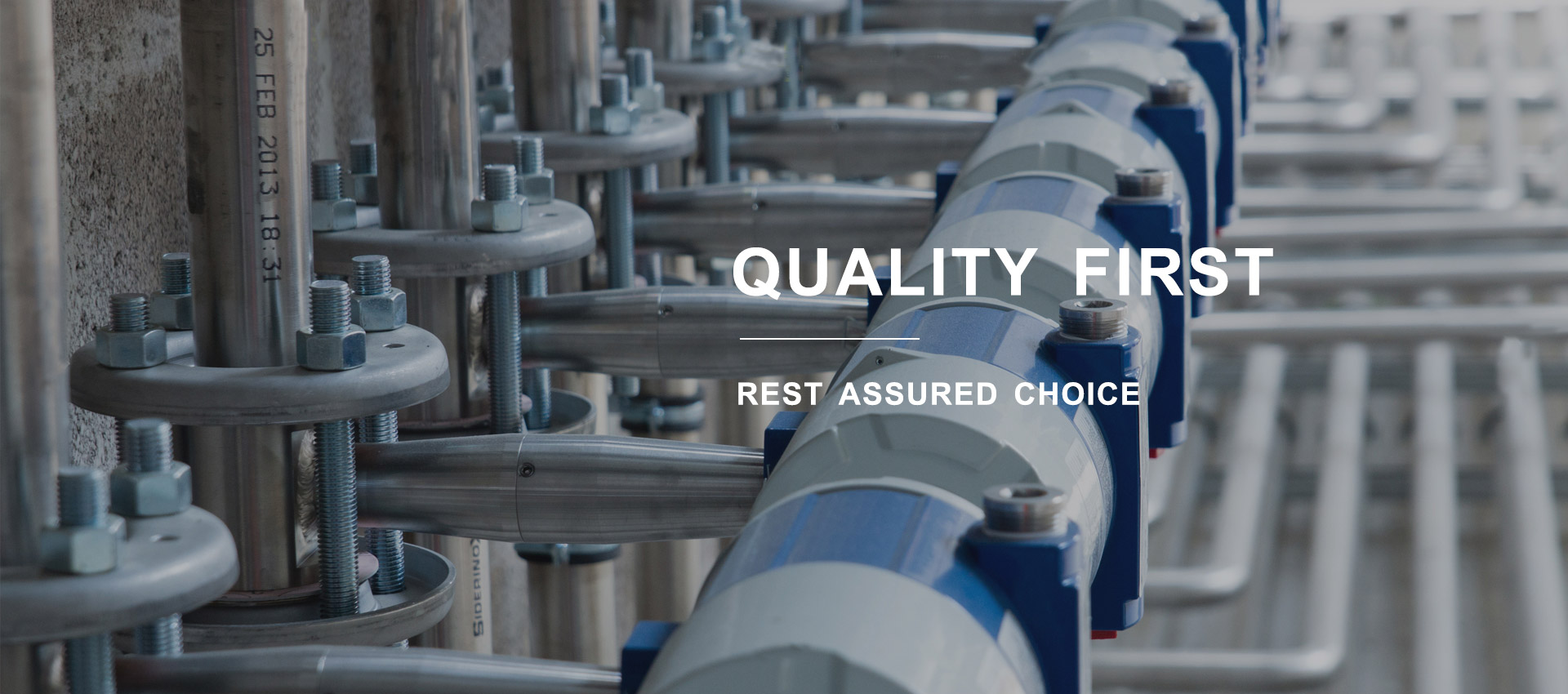Oct . 16, 2024 01:55 Back to list
grounding screw
Understanding Grounding Screws Essential Components for Electrical Safety
Grounding screws are vital components in electrical installations, serving a critical role in ensuring safety and functionality. These small yet powerful screws are often overlooked, yet they play a significant role in grounding electrical systems. This article delves into the importance, functionality, and proper usage of grounding screws in various applications.
What is a Grounding Screw?
A grounding screw is a metal screw designed to create a reliable electrical connection between a grounding wire and electrical equipment, metal enclosures, or electrical boxes. Typically made of copper or bronze, grounding screws are resistant to corrosion, ensuring long-term performance in facilitating electrical grounding. Their primary function is to divert electrical faults safely into the ground, thereby preventing electric shock and minimizing the risk of fire.
The Importance of Grounding
Grounding is a fundamental principle in electrical engineering, ensuring safety and stability in electrical systems. By providing a path for fault current to flow into the earth, grounding helps protect both people and equipment. In residential and commercial settings, grounding screws are used to secure grounding wires to various electrical appliances, including circuit breakers, panels, and outlets.
Without proper grounding, electrical devices can become hazards, potentially leading to electric shocks, equipment damage, or catastrophic fires. This is particularly crucial in environments where moisture is present, such as kitchens and bathrooms, where the risk of electrical shock increases.
Applications of Grounding Screws
grounding screw

Grounding screws find application in a variety of settings. In residential wiring, they are commonly used in junction boxes, light fixtures, and outlet receptacles. Commercially, they can be found in larger electrical equipment, transformer enclosures, and even in telecommunications infrastructure.
In addition to direct electrical applications, grounding screws are also critical in grounding various types of electrical enclosures. For instance, metal cabinets housing electrical components must be grounded to ensure that any stray voltage caused by a fault can be directed safely to the earth.
Proper Usage and Installation
When installing grounding screws, it is crucial to follow specific guidelines to ensure effective grounding. First, it is essential to ensure that the grounding wire is appropriately sized according to the National Electrical Code (NEC) and local regulations. The screw should be securely tightened to guarantee a low-resistance connection.
Before installation, always inspect the grounding screw for any signs of damage or corrosion, as this can affect its performance. Use a torque wrench to ensure that the screw is fastened to the manufacturer's specifications, which helps maintain a secure and reliable electrical connection.
Conclusion
In summary, grounding screws may seem like small components, but their role in electrical safety is monumental. By ensuring reliable grounding, these screws protect both individuals and property from the dangers posed by electrical faults. As such, understanding their importance and proper installation is essential for anyone involved in electrical work, whether in a professional capacity or a DIY context. Always remember, safety first—not only for the devices we use but for the people who use them as well.


